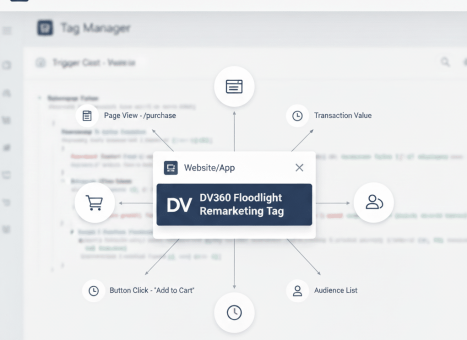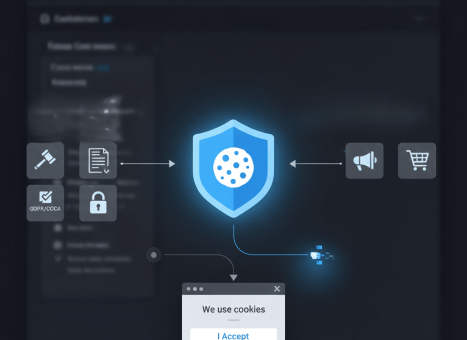Google’s decision to phase-out Third Party cookies is something that we have been aware of since 2019. Google has now initiated the rollout, impacting 1% of users in Q1 2024, with plans to achieve 100% implementation by Q3 2024. Given that Chrome gets over 60% of traffic for desktop and mobile, this shift is significant – particularly for websites heavily reliant on 3rd Party advertising platforms and programmatic marketing.
Notable impact areas
- Remarketing to Audiences – Remarketing to individuals outside of your website will no longer be possible.
- Attribution Modelling – If you’re still using 3rd Party cookies to track this, that will need to be updated.
- Ad Analytics – Measurement of ad impressions, conversions, and user interactions will no longer work as previously.
- CRM and Customer Profiles – Building unified customer profiles in CRM systems will be affected.
- Cross-Device Tracking – Tracking user behaviour across multiple devices will no longer be possible.
- Third Party cookies will be blocked if ‘partitioned’ value is not set, resulting in the changes of the analytics numbers.
Solutions that Google provides
Google introduced the Privacy Sandbox as an alternative after third-party cookies phase-out, focusing on setting up on-device audiences that are made available to marketers. The emphasis is on transitioning from individual users to groups. Several APIs are being implemented to fill the 3rd Party cookie void. Here is a list of these solutions:
- Topics API – analyses users’ weekly browsing history, places users in a selection of 350 interest groups and stores the interests on the users device to be made available to marketers.
- Protected Audience API – that helps retrieve the customer groups who were on your website before and help remarket to them.
- Storage Access API – to be used in conjunction with the Related Website Sets (RWS) to allow cross-domain tracking within the same organisation.
- Attribution Reporting API – designed to help with tracking of views and clicks.
- Partitioned cookies – in order to still be able to use 3rd Party cookies, you will need to set a ‘partitioned’ attribute to the cookies. That way it will work on your site but only the specific 3rd Party will be able to access the cookie, which will not be shared with other domains.
- Fenced Frames – Like iframes that restrict cross-site data sharing between the host and the injected content. Created to resolve privacy issues when injecting 3rd Party content.
- Private State Tokens (Trust Tokens) – Confirm the legitimacy of users, particularly those who have been previously verified.
How to prepare for the transition?
Given that Safari phased out Third Party cookies since 2017, a lot of the businesses we worked with have reduced their reliance on 3rd Party cookies, while others need to make significant updates. Here is a simplified guide of the necessary actions:
- Test websites after disabling all 3rd Party cookies. Ensure your websites are still performing well and test data ingestion to ensure there are no issues.
- Identify areas of 3rd Party cookie reliance, such as marketing and analytics and ensure that your partners are prepared for this.
- Identify all 3rd Party cookies and ensure they’re “partitioned”.
- Transition to 1st Party data strategy by leveraging your own data for personalisation and marketing while taking measures to capture more of this data.
- Engage experts such as TagDataTrust, to provide guidance and support transitioning to a futureproof setup.
Why work with TagDataTrust?
- We work with programmatic marketing agencies to support their roadmap to the cookieless future.
- We integrated CRM with analytics and tagging platforms, preparing our clients to leverage first-party data.
- We prioritise our clients’ needs and ensure that our setup streams accurate data ready to be used in decision-making.
- We assisted blue-chip companies with GDPR cookie-related challenges, while minimising bottom-line impacts.




